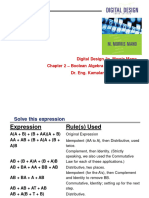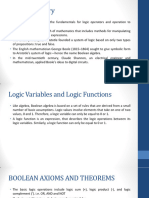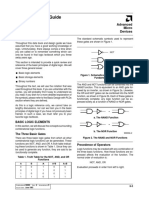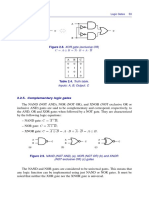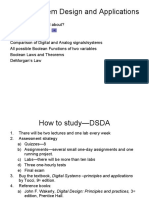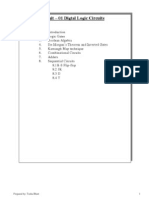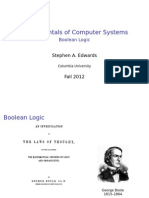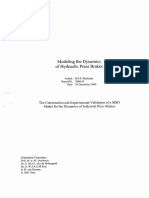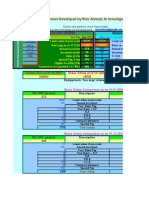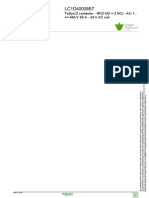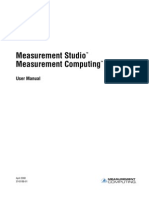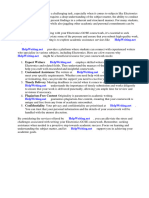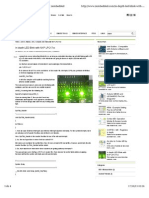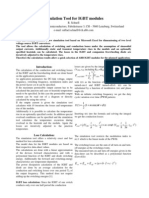0% found this document useful (0 votes)
71 views28 pagesBoolean and Switching Algebra Basics
The document discusses different ways to represent Boolean logic algebraically and with circuits. It introduces Boolean algebra, switching algebra, axioms and theorems of Boolean logic, logic gates, sum-of-products and product-of-sums forms, minterms and maxterms, and how to represent functions with truth tables, canonical forms, and minterm/maxterm lists. DeMorgan's laws are also covered, showing how they allow transforming between gate types and complemented inputs.
Uploaded by
Lê Duy MinhCopyright
© © All Rights Reserved
We take content rights seriously. If you suspect this is your content, claim it here.
Available Formats
Download as PDF, TXT or read online on Scribd
0% found this document useful (0 votes)
71 views28 pagesBoolean and Switching Algebra Basics
The document discusses different ways to represent Boolean logic algebraically and with circuits. It introduces Boolean algebra, switching algebra, axioms and theorems of Boolean logic, logic gates, sum-of-products and product-of-sums forms, minterms and maxterms, and how to represent functions with truth tables, canonical forms, and minterm/maxterm lists. DeMorgan's laws are also covered, showing how they allow transforming between gate types and complemented inputs.
Uploaded by
Lê Duy MinhCopyright
© © All Rights Reserved
We take content rights seriously. If you suspect this is your content, claim it here.
Available Formats
Download as PDF, TXT or read online on Scribd
/ 28
